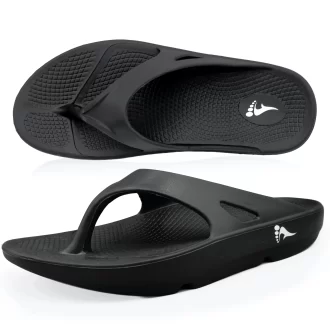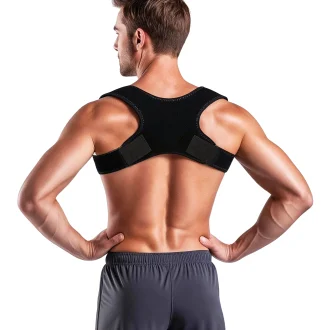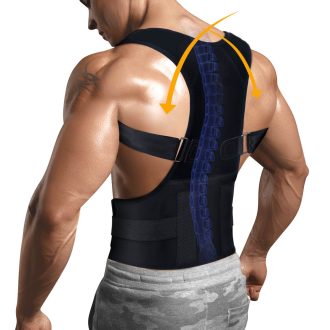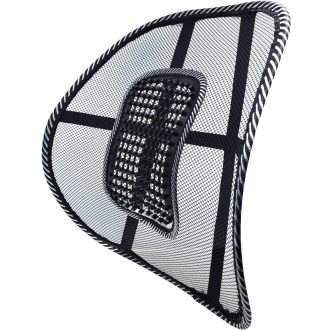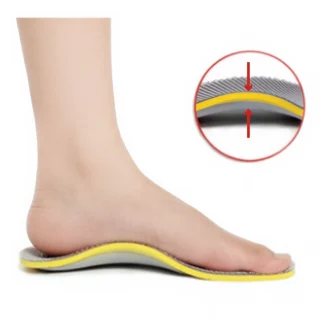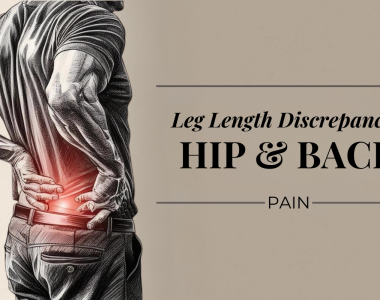No products in the cart.
Upper Back Pain: Why do I feel a pinching sensation between my shoulder blades when working at my desk?
For those who spend long hours working at a desk, a pinching sensation between the shoulder blades can become an all-too-common discomfort. At NuovaHealth, we understand the unique challenges upper back pain presents, especially when it persists. In this Q&A series, we’ll explore the causes of this discomfort and share insights to help alleviate nagging pain. Whether you’re worried about the severity of your symptoms or searching for practical tips for relief, we’re here to support you. Let’s examine the possible reasons behind this issue, discuss when it might be time to consult a healthcare professional, and highlight effective methods for easing this discomfort.
We were recently contacted by a valued customer who asked…
Hi NuovaHealth, I’m hoping to get some guidance on a discomfort I’ve been experiencing. I’ve noticed a persistent pinching sensation between my shoulder blades, especially when I’m working at my desk for extended periods. I suspect my posture while sitting at the computer might be contributing to this upper back pain. Could you shed some light on common causes of such discomfort related to computer use? Even after taking regular breaks, the pain sometimes lingers, and I’m starting to wonder if I should be worried about its persistence. Are there any particular warning signs that might indicate this pain is something more serious? Additionally, how long should I wait before considering a visit to the doctor if this issue doesn’t improve? Any advice on how to alleviate this discomfort would be greatly appreciated. Thank you!
Understanding Upper Back Pain and Posture
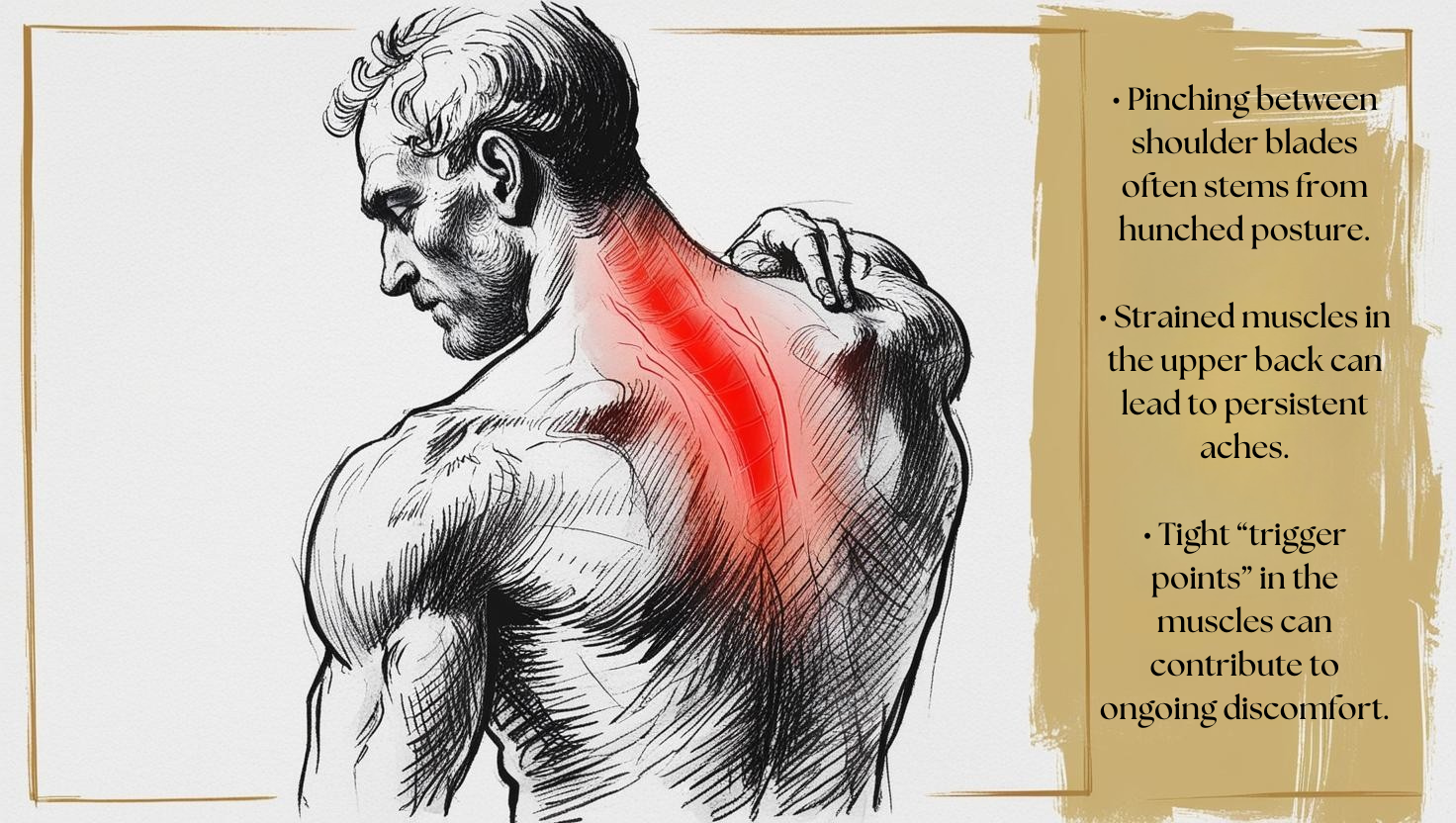
If you’re experiencing a pinching sensation between your shoulder blades while sitting at a desk, there are a few likely causes. First, posture plays a major role. Spending extended periods with rounded shoulders and a forward-leaning neck places significant stress on the muscles that support your upper back, shoulders, and neck. Over time, these muscles can become tense and overworked, leading to discomfort. This hunched posture also pulls the shoulder blades out of their ideal alignment, contributing to a tight or pinching feeling between them or near the spine.
Beyond muscular tension, prolonged poor alignment can weaken the muscles that remain underused in this position. For example, the rhomboids and trapezius in your upper back may not engage properly when your shoulders roll forward. Meanwhile, the muscles at the front of your chest can shorten, reinforcing the forward-leaning position. This combination of weak back muscles and tight front muscles makes returning to a neutral posture increasingly difficult and can worsen the pinching sensation. Over time, if not addressed, poor posture can continue to worsen, causing more discomfort in the upper back and even altering the shape of your spine.
Muscle strain is another culprit. It happens when muscles or tendons are overstretched or even slightly torn. It can show up if you’re lifting items that are heavier than you realize, doing the same movement over and over, or making quick twisting motions that stress certain muscle groups. Pain levels can vary, but people often notice their range of motion getting worse because sore and stiff muscles make usual activities tougher. If the strain is severe, it might affect layers of muscle and cause lingering aches or knots that keep coming back.
Although it’s not as common in the upper back, a herniated disc can still happen in this area. It involves the soft center of a spinal disc pushing through its tougher outside layer. In the thoracic region, this can irritate the spinal cord or nearby nerves, causing pain and sometimes numbness or tingling. This part of your back has a smaller space around the spinal cord and helps keep you stable, so a herniated disc here can lead to more noticeable pain and mobility issues. It can even bring about neurological symptoms if it goes unnoticed for too long.
Osteoarthritis is another possibility. It’s a condition where the cartilage in the facet joints of the spine starts to wear away. This breakdown can cause pain, stiffness, and swelling in the thoracic spine. Because these joints help with bending and twisting, any deterioration can make those movements more difficult. It tends to happen more in older adults as years of use can speed up cartilage damage. Ongoing inflammation and stiffness in the upper back can then interfere with routine tasks.
Myofascial pain syndrome also deserves a mention. This syndrome involves trigger points in muscles that can refer pain to other spots in your upper back. It often shows up when repetitive motions or stress cause the tissue around these points to tighten, creating a constant low-level ache or sharper bouts of pain. Even small changes in posture can set them off, making everyday movements feel harder. Over time, ignoring these trigger points can create a cycle of soreness unless the initial causes are identified.
Understanding these potential causes can help in recognizing why upper back pain occurs and underscores the importance of maintaining good posture and being mindful of physical activities.
When to Be Concerned
- Persistent Pain: If your upper back pain doesn’t improve with rest and lasts more than two weeks, it’s time to consult a healthcare professional.
- Severe Symptoms: Look out for severe pain, numbness, tingling, or weakness in your arms, as these might indicate a more serious condition involving nerve compression.
- Impact on Daily Life: If your pain is interfering with daily activities or sleep, seeking medical advice is crucial.
Ignoring these signs and symptoms can lead to chronic pain, reduced mobility, and a lower quality of life. Listening to your body and seeking help when necessary is essential for maintaining your health and well-being.
Seeking Medical Advice
If your upper back pain persists for more than two to three weeks, or if you experience any concerning symptoms such as unexplained weight loss, fatigue, or changes in bodily functions, it’s crucial to consult a doctor promptly.
Cancer can cause upper back pain in various ways. Tumors, particularly those in the lungs, spine, or other areas near the back, can exert pressure on nerves or other structures, leading to discomfort or pain. Additionally, metastatic cancer (cancer that has spread from another part of the body) can affect the bones and spine, causing persistent pain. Early detection is vital because it significantly increases the chances of successful treatment.
A doctor can perform a thorough examination and recommend diagnostic tests such as X-rays or blood tests to identify the cause of your upper back pain. These tests can help determine whether the pain is linked to a serious condition like cancer or if it is due to more common issues such as muscle strain or poor posture.
If the pain is not caused by a severe condition, a doctor can still offer valuable assistance. They can provide advice on treatments such as physical therapy, exercises, or lifestyle changes to alleviate pain and prevent it from worsening. Often, upper back pain related to posture can progressively deteriorate if not addressed properly, leading to chronic discomfort and reduced quality of life.
It’s important to avoid self-diagnosing or ignoring persistent symptoms, as this can delay essential medical intervention. Consulting a healthcare professional ensures that you receive expert advice tailored to your specific condition, helping you manage the pain effectively and safeguard your overall health.
Alleviating Back Pain
In the meantime, there are several strategies you can try to alleviate discomfort:
- Check & Correct Posture: Regularly monitor your posture, keeping your back straight and shoulders relaxed.
- Ergonomic Adjustments: Ensure your workstation is ergonomically sound. Your computer screen should be at eye level, and your chair should support your lower back.
- Stretching and Strengthening Exercises: Incorporate exercises that target the upper back and neck. Simple stretches can relieve tension, while strength-building exercises can improve posture.
- Frequent Breaks: Continue to take regular breaks, standing up and moving around to give your back muscles a chance to rest and recover.
Alleviating Back Pain with Posture Supports
You may also want to consider using ergonomic aids designed to improve your posture:
Back Braces
NuovaHealth back braces are expertly crafted to enhance your posture by providing steady support to your upper back. These braces work by gently realigning your shoulders, helping your spine stay in its natural, neutral position. This alignment ensures an even distribution of body weight, significantly reducing strain on your upper back muscles. For example, using a back brace during prolonged desk work can prevent that familiar pinching sensation by maintaining proper posture and lessening shoulder blade pressure.
Posture Correctors
If a back brace is too bulky, posture correctors are a superb alternative. They act as a gentle reminder to keep your shoulders aligned and discourage slouching. Over time, consistent use can train your muscles to maintain this alignment naturally, even without the device. Unlike back braces, posture correctors are less bulky and more lightweight, offering greater convenience, especially for activities like exercise and daily chores. While they provide less support, their ease of use makes them a popular choice for everyday wear.
Chair Supports
Enhance your ergonomic setup with a quality chair support. Adding a lumbar support cushion helps maintain the natural curve of your spine while seated, effectively preventing upper back strain. NuovaHealth’s chair supports are designed to fit most chairs, making them a versatile and practical addition to any workspace. By promoting proper sitting posture, these supports contribute to overall comfort and reduced back tension.
Orthotic Support
Proper foot support is crucial, as your feet serve as the body’s foundation and greatly affect posture and well-being. Orthotic insoles offer essential arch support, helping align your body and improve posture, which can alleviate upper back pain. In addition to insoles, consider orthopedic footwear options like supportive sandals. These shoes provide comfort and stability, ensuring your feet are well-cared for throughout the day. Investing in quality foot support products promotes better posture and enhances comfort, leading to a more pain-free lifestyle.
Why Choose NuovaHealth?
Why NuovaHealth, you ask? Well, our products are crafted with quality and care, recommended by healthcare professionals who trust our commitment to excellence. With NuovaHealth, you are investing in durable, effective solutions designed to tackle your discomfort head-on.
And let’s not forget our 30-day money-back guarantee. It’s simple: try any of our products, and if they don’t meet your expectations, return them within 30 days for a full refund. No hassle. It means you have nothing to lose but that nagging back pain.
Incorporating these products into your daily routine could very well be the game-changer you need. Explore NuovaHealth’s range, and take the first step towards a pain-free life at your desk.
Products from Our Collection That May Help
-
Product on sale
 Arch Support Recovery Sandals£28.99
Arch Support Recovery Sandals£28.99£34.99inc VAT -
 BackReviver™ Posture Corrector Support Brace for Standing taller & easing back pain£12.99inc VAT
BackReviver™ Posture Corrector Support Brace for Standing taller & easing back pain£12.99inc VAT -
 Magnetic Back brace for posture£12.99inc VAT
Magnetic Back brace for posture£12.99inc VAT -
 Posture Support Back Brace£12.99inc VAT
Posture Support Back Brace£12.99inc VAT -
 Back Support for Office Chair£10.99inc VAT
Back Support for Office Chair£10.99inc VAT -
Product on sale
 Arch Support Insoles for Plantar Fasciitis and Flat Feet£9.99
Arch Support Insoles for Plantar Fasciitis and Flat Feet£9.99£11.99inc VAT
Conclusion
Upper back pain linked to computer use is often manageable with the right interventions. However, persistent pain should not be ignored. By taking proactive steps and seeking professional advice when necessary, you can address this discomfort effectively. Remember, your health is paramount, and listening to your body is crucial. Stay mindful of your posture, make ergonomic adjustments, and don’t hesitate to seek help if needed.
